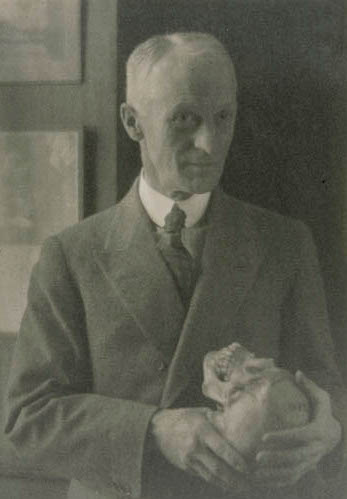An interesting story that has been popping up now and again for the last few months concerns
brain injuries in the US NFL (National [American] Football League), so that's what we're focusing on in this week's Interesting Medical Fact of the Week.
American Football is obviously a high-contact sport, hence the crazy amounts of protective gear the players wear - including helmets. However, evidence has been mounting for some time that all this protective gear may not be enough.
Several high-profile former players have killed themselves in the last few years.
Dave Duerson committed suicide in February 2011, after texting his family to request that his
brain be donated to the
NFL's "brain bank" - namely, the
Centre for the Study of Traumatic Encephalopathy, which was set up by former athletes to investigate the long-term effects of the concussions suffered by sportspeople and military personnel.
The Centre focuses on studying
chronic traumatic encephalopathy (CTE), which is a progressive, degenerative disease of the brain. As early as the 1920s, there was recognition that this condition particularly affected boxers, but it now appears that it is
also associated with repeated brain trauma (i.e. concussions or other head injury). Professional American football players, ice hockey players and those involved in sports such as wrestling, are
particularly likely to sustain these kinds of injuries.
Chronic traumatic encephalopathy is a nasty illness. Much like
Alzheimer's Disease, it involves the build-up of
tau proteins in the brain, and the initial symptoms of memory loss, confusion, depression, and self-control problems eventually lead to full-blown
progressive dementia with some symptoms of Parkinson's Disease.
When Duerson's brain was studied, researchers found that
the repeated trauma to his head during his professional career appeared to have caused severe damage. One of the difficulties with chronic traumatic encephalopathy is that there can be a significant latency period between the original injuries and the appearance of recognisable symptoms; however, along with Duerson, many
other former NFL players - and those involved in other high-contact sports - have been diagnosed with chronic traumatic encephalopathy after their deaths. Chris Henry, another American football player who died after falling from a moving vehicle, was the
first player to be posthumously diagnosed with CTE while still active as a professional sportsman; but the earliest signs of the disease have even been found in the
brain of an 18-year-old student athlete.
As well as Duerson, former professional footballers
Junior Seau and
Ray Easterling also recently committed suicide. Along with several other American football players, Easterling was involved in a class action lawsuit against the NFL over its handling of concussion-related injuries, which alleges that the NFL continuously denied any knowledge of a connection between NFL players sustaining repeated head injuries and the later development of dementia or CTE. In addition to this,
another lawsuit was recently launched on behalf of over 100 former professional players, claiming that the NFL repeatedly denied the existence of any connection.
Chronic traumatic encephalopathy is a very rare disease, and one of the difficulties in researching it is that it can
only be definitively diagnosed post mortem. But the work of the Centre for the Study of Traumatic Encephalopathy is already causing waves in the world of American football, and there have already been calls for changes to the game's regulations, effectively
banning head contact from the game. The Centre's research is still ongoing, so whether that will actually happen remains to be seen.
 |
| But are those helmets enough? |
If you're interested in this topic and would like to find out more, I recommend the Centre's
very informative website, which also has a selection of
case studies you can read about.



